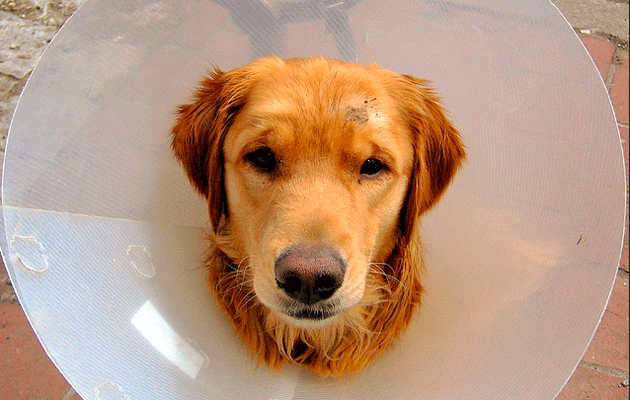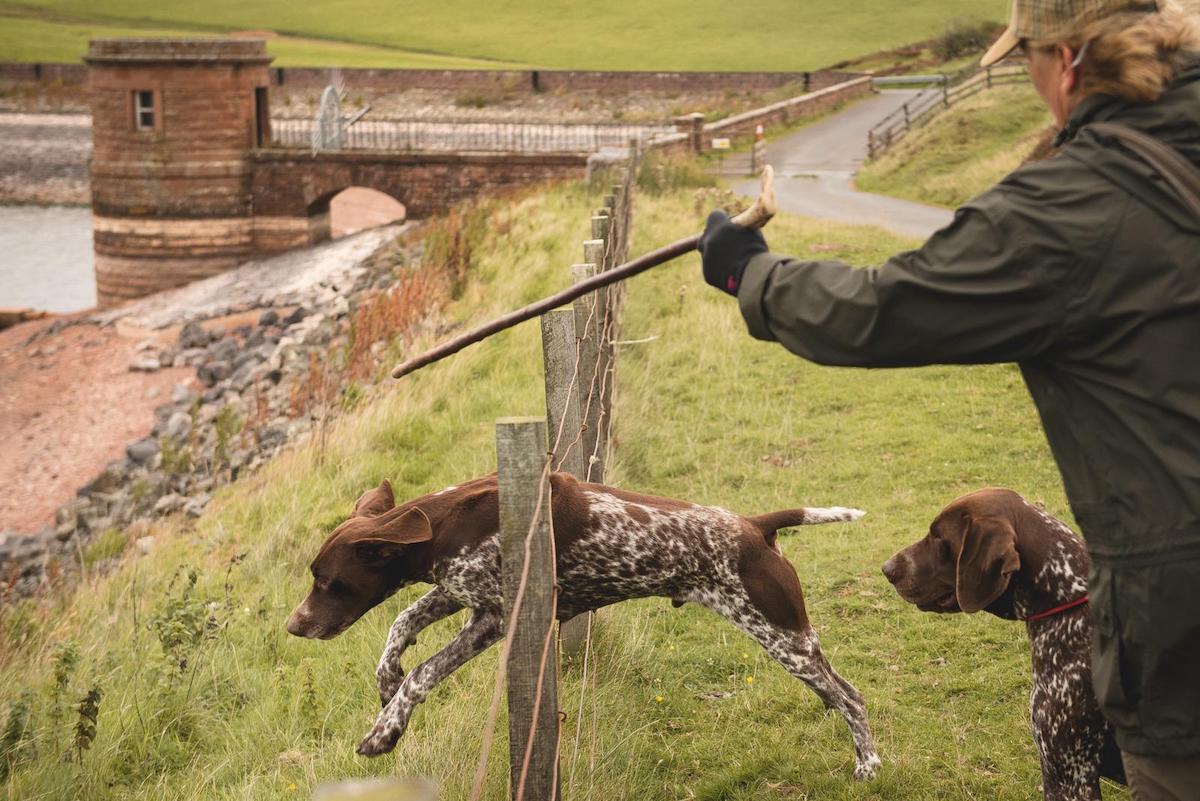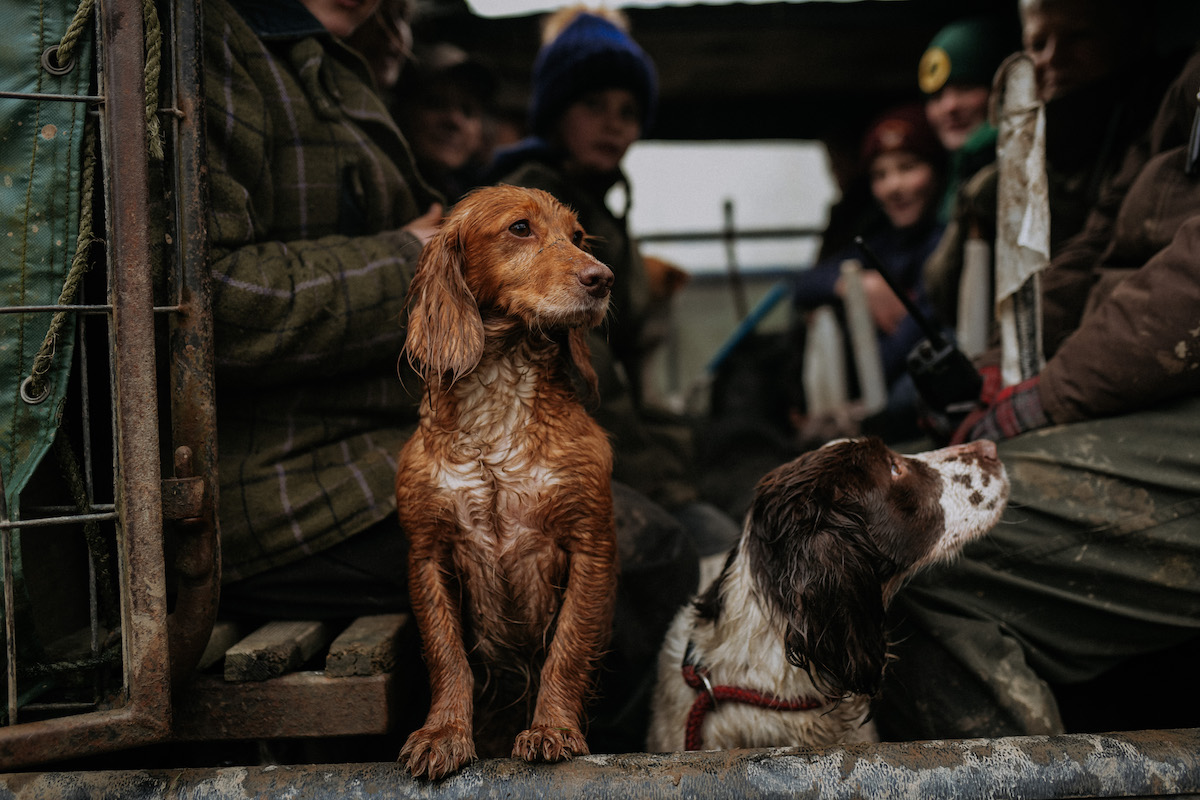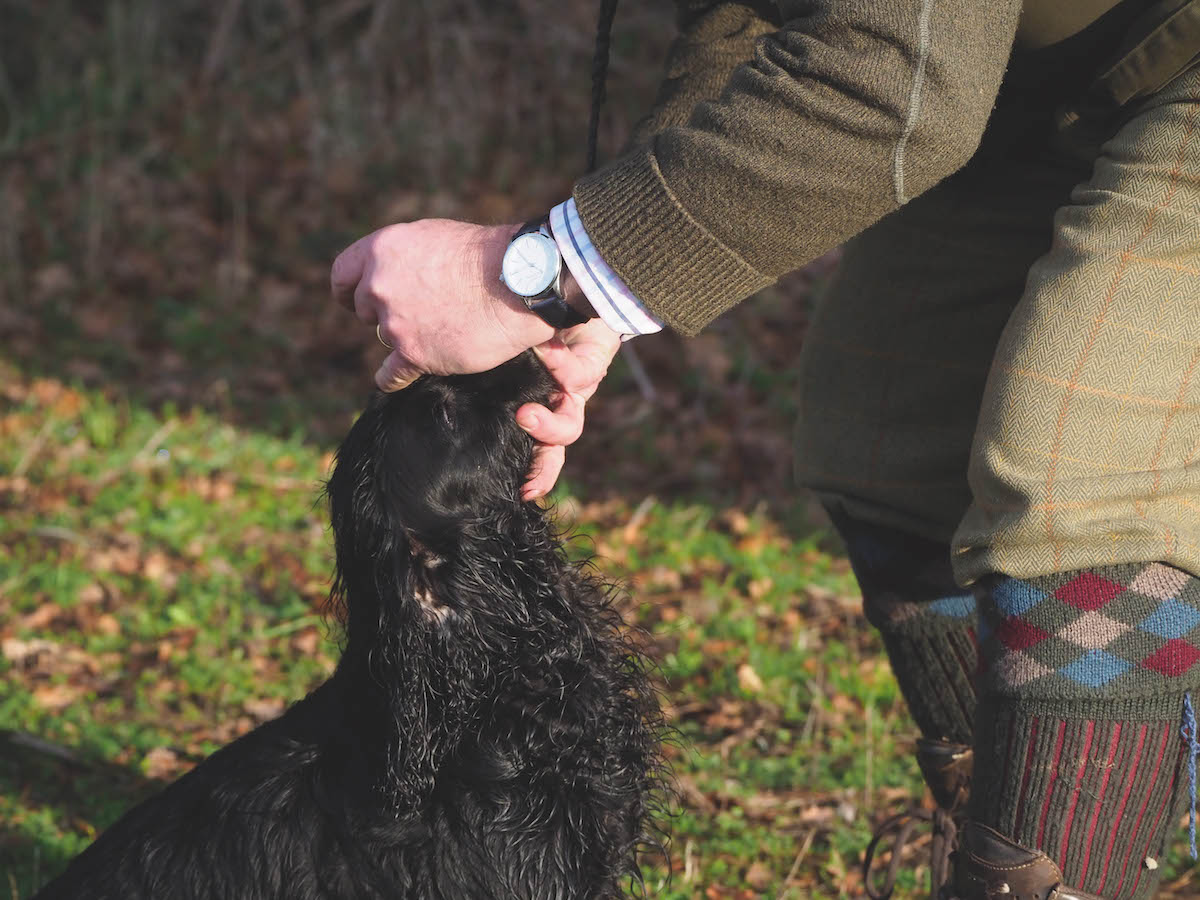Should dew claws be removed?
A reader wonders what the situation is
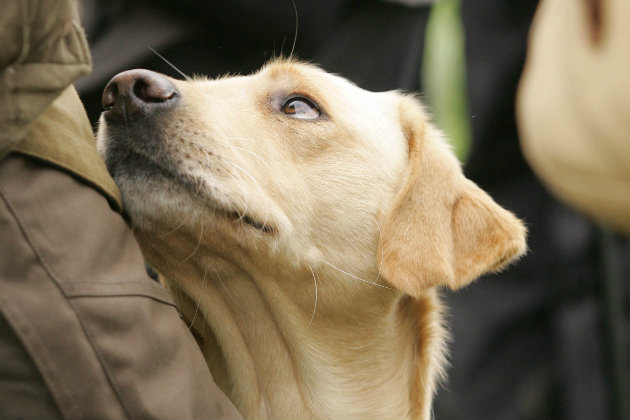
Q: We are hoping to have a litter from our springer spaniel bitch and were wondering what the situation is regarding the removal of dew claws. Does this need to be done by a vet?
A: No, not necessarily. While the mutilations clause of the Animal Welfare Act 2006 makes it illegal to carry out a “prohibited procedure” — one that involves interference with the sensitive tissues or bone structures of a protected animal (other than for medical treatment) — certain “permitted procedures” are listed in the Mutilations (Permitted Procedures) (England) Regulations 2007.
Anaesthetics for removal of dew claws
Schedule 1 of these regulations lists the removal of the dew claws of dogs as a permitted procedure. Schedule 9, however, requires an anaesthetic to be administered, except where the dog is a puppy whose eyes have not yet opened.
Therefore, legislation in relation to dew claws is unchanged and it remains legal to remove them. This need not necessarily be carried out by a veterinary surgeon but, if not, the person must know what they are doing, so it causes the least pain and little harm.
How to reduce stress for your dog at the vet
It is always amusing sitting in the waiting room of a veterinary surgery and seeing the various customers come in.…
Should you insure your gundog?
It all comes down to your ability to pay vet bills if you don’t insure your gundog
Is it necessary?
Some people question the need for dew claw removal and I have the impression that doing it for purely cosmetic purposes is becoming far less common.
Left intact, dew claws, particularly those on the front feet, cause few problems, and if you examine prints made in soft ground by a dog turning at speed you will notice that the dog might use its dew claw for this and similar purposes.
Unlike a dog’s other nails, those on dew claws don’t normally make contact with the ground and consequently aren’t worn down in the same way; so dogs with dew claws may require these nails to be trimmed periodically. Some dew claws, especially those that are rudimentary and unattached with little bone, can be more problematic and become caught up and injured, and these might be better removed.


